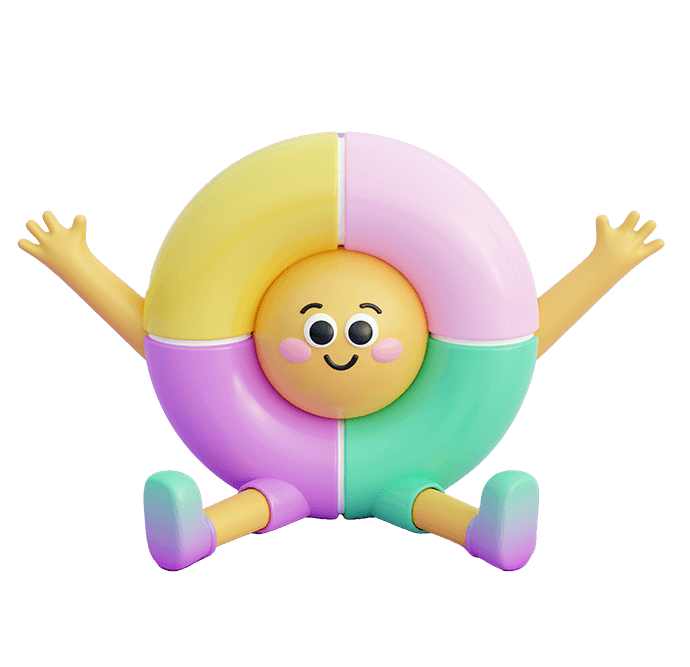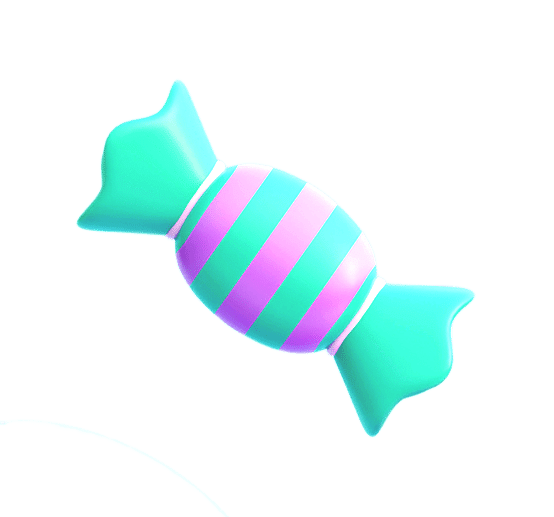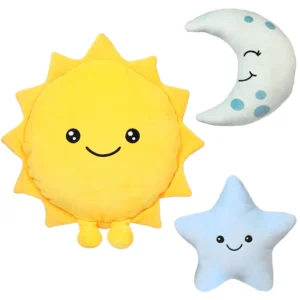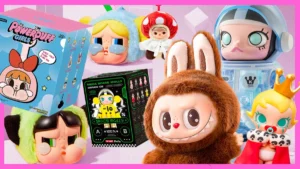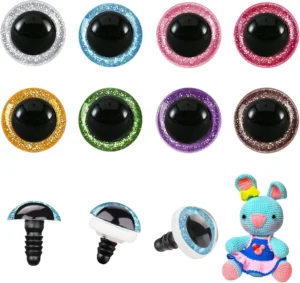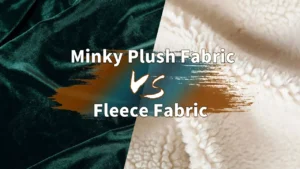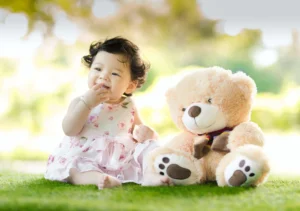Plush toys bring comfort and joy to children worldwide. However, if not cared for properly, these soft companions can become a breeding ground for mold. Understanding the conditions and risks of mold growth in plushies is essential to ensure safety, hygiene, and product longevity.
Mold growth in plush toys occurs when moisture combines with warmth and poor ventilation. Choosing the right materials, maintaining proper cleaning routines, and appropriate storage significantly reduce mold risks, protecting children’s health and extending plush toy life.
Let’s explore how mold develops in plush toys and what steps can prevent it effectively.
1. Under What Conditions Is Mold Likely To Develop In Plush Toys?
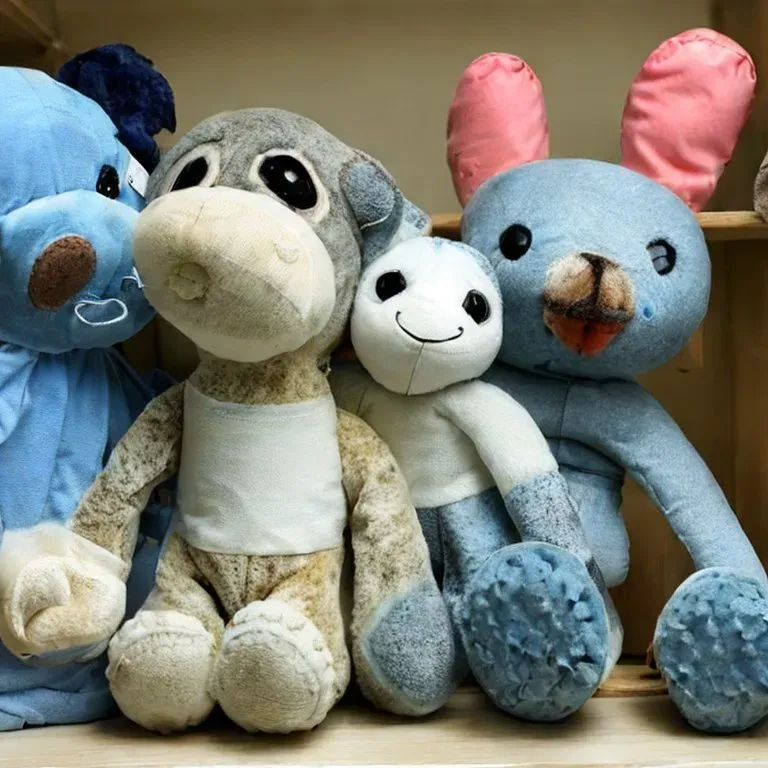
Mold thrives under specific environmental conditions that are often unintentionally created in everyday use of plush toys.
Moisture is the key factor—whether from spills, sweat, humidity, or improper drying after washing—combined with warm temperatures and limited airflow, creates an ideal environment for mold to grow within plush fabrics and stuffing.
When plush toys remain damp and are stored in airtight containers or plastic bags, moisture gets trapped inside. This dampness penetrates the porous fabric and stuffing, allowing mold spores to germinate and multiply. High humidity environments, such as bathrooms or poorly ventilated rooms, also increase the risk.
Some everyday scenarios that promote mold include children cuddling plushies with sweaty skin, washing toys without thorough drying, or storing toys in sealed boxes after rain or spills.
| Condition | How It Promotes Mold Growth |
|---|---|
| High Humidity | Moist air supports mold spore activation |
| Water Spills/Sweat | Direct moisture source for mold proliferation |
| Poor Ventilation | Prevents evaporation of moisture |
| Warm Temperature | Speeds up mold growth cycle |
Understanding these conditions highlights the importance of keeping plush toys dry and well-aired to prevent mold formation.
2. How Do Materials And Stuffing Types Affect Mold Growth Risks?
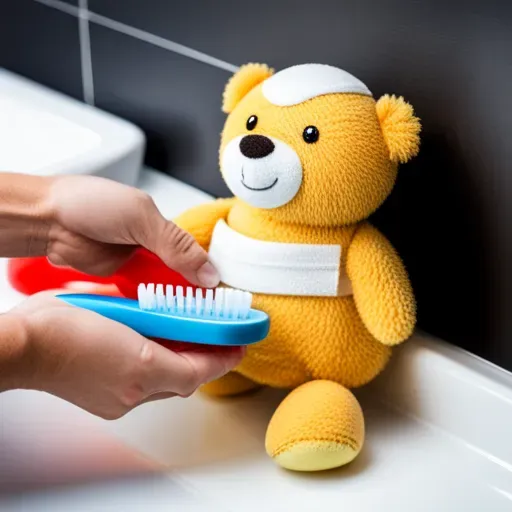
The fabric and filling materials in plush toys greatly influence their susceptibility to mold.
Natural fibers like cotton or wool tend to retain moisture longer, increasing mold risk, while synthetic fabrics such as polyester and polyester fiberfill dry faster and resist mold better.
For example, cotton plush exteriors, while soft and breathable, can trap moisture, especially if not properly dried after cleaning. Natural fillings like wool or kapok also absorb water and provide nutrients for mold spores.
On the other hand, synthetic fabrics such as velboa or minky and polyester fiberfill stuffing dry quickly, minimizing dampness inside the toy. These materials reduce mold growth likelihood but still require good care.
Manufacturers must balance softness and safety with moisture management by selecting fabrics and fillings that are soft yet less prone to mold.
| Material Type | Moisture Absorption | Mold Growth Risk | Common Use in Plush Toys |
|---|---|---|---|
| Cotton Fabric | High | High | Soft plush surfaces |
| Wool/Kapok Stuffing | High | High | Natural filling option |
| Polyester Fabric | Low | Low | Durable plush covers |
| Polyester Fiberfill | Low | Low | Standard synthetic stuffing |
Choosing mold-resistant materials helps protect plush toys from contamination and extends product lifespan.
3. What Are The Health Implications Of Mold In Plush Toys For Children?

Mold growth on plush toys is not just a quality concern but a serious health hazard, especially for children.
Mold spores can cause allergic reactions, respiratory problems, skin irritation, and exacerbate asthma, posing a threat to vulnerable young children who often hold toys close to their face or mouth.
Children’s immune systems are still developing, making them more sensitive to airborne mold spores. Exposure may lead to coughing, sneezing, watery eyes, skin rashes, or in severe cases, respiratory infections.
Because plush toys are tactile and frequently handled, mold spores easily transfer to skin or are inhaled. It is therefore crucial for caregivers and manufacturers to minimize mold presence in toys.
| Health Risk | Description | Effect on Children |
|---|---|---|
| Allergic Reactions | Sneezing, runny nose, itchy eyes | Common symptoms with mold |
| Asthma Exacerbation | Difficulty breathing, wheezing | Can cause serious episodes |
| Skin Irritation | Rashes, itching | Causes discomfort and redness |
| Respiratory Infection | Potential fungal infections | Risk increases with exposure |
Ensuring plush toys remain mold-free protects children’s health and peace of mind.
4. How Can Proper Cleaning And Storage Prevent Mold Formation In Plushies?
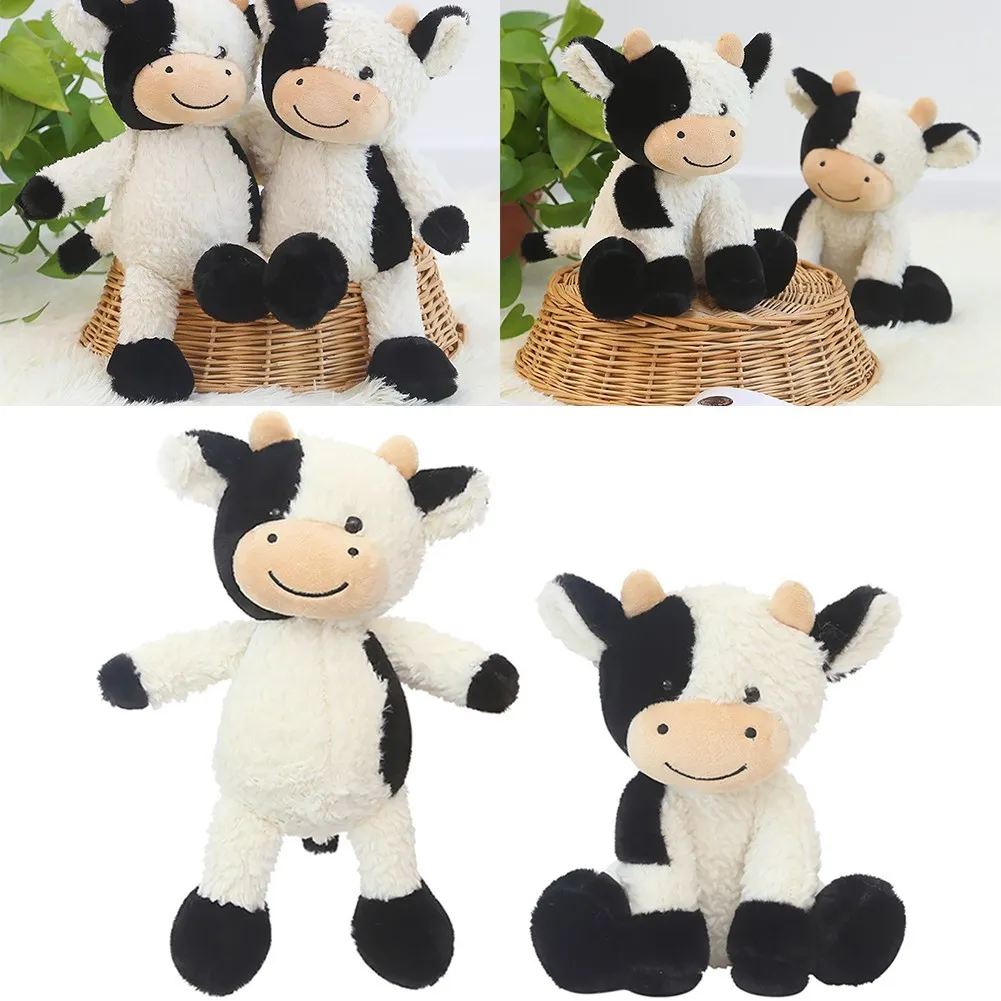
Proper maintenance routines are the most effective way to prevent mold in plush toys.
Regular washing, thorough drying, and breathable storage environments drastically reduce moisture buildup and inhibit mold growth.
After washing, plush toys must be completely dried, preferably air-dried in a sunny, ventilated space. Avoid storing damp toys in plastic bags or sealed containers that trap moisture.
Using mild detergents and following fabric care instructions ensures that cleaning does not damage the plush material, which could otherwise harbor mold.
Storing toys in open shelves or breathable fabric bins promotes airflow, further minimizing moisture retention.
| Practice | Benefits |
|---|---|
| Regular Washing | Removes dirt, dust, and mold spores |
| Complete Drying | Eliminates moisture thoroughly |
| Breathable Storage | Allows moisture evaporation |
| Avoid Plastic Bags | Prevents moisture trapping |
Maintaining these habits extends toy life and safeguards children’s well-being.
5. What Are The Best Practices For Manufacturers To Minimize Mold Risks?

Manufacturers play a critical role in preventing mold risks from production to delivery.
Selecting moisture-resistant materials, maintaining clean production environments, and providing clear care instructions are essential for mold control.
Using synthetic fabrics and fiberfill with quick drying properties reduces mold likelihood. Regular sanitation and humidity control in factories minimize contamination.
Packaging that allows airflow rather than airtight sealing helps avoid trapped moisture during transit and storage.
Clear instructions on washing and drying support buyers in proper maintenance to keep toys mold-free.
| Manufacturer Practice | Description | Outcome |
|---|---|---|
| Material Selection | Use synthetic, quick-dry fabrics | Reduces moisture retention |
| Factory Hygiene | Control humidity and cleanliness | Limits microbial contamination |
| Packaging | Breathable materials | Prevents moisture buildup |
| Consumer Guidance | Provide washing and storage tips | Ensures proper toy care |
Applying these practices helps manufacturers deliver safe, high-quality plush toys.
6. How To Identify And Safely Remove Mold From Plush Toys?
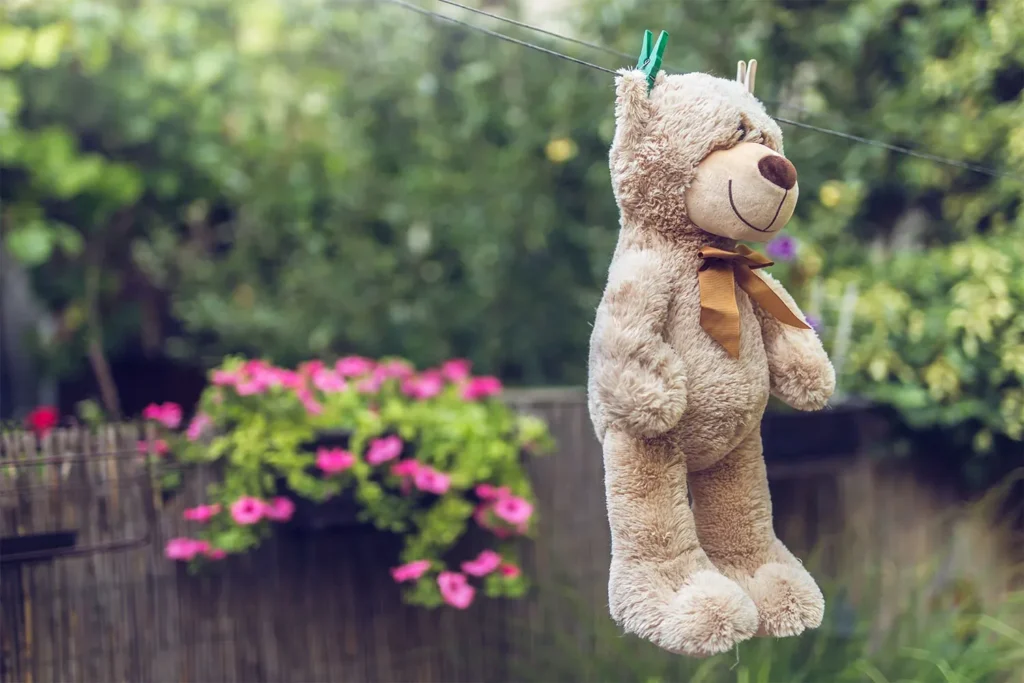
Detecting and addressing mold early protects health and restores toy safety.
Visible mold spots, musty odors, or discoloration are key signs. Cleaning with gentle natural solutions like diluted vinegar or baking soda and thorough drying can remove mold effectively.
Avoid harsh chemicals that may damage the fabric or be unsafe for children. If mold is widespread or persistent, discarding the toy is safer than risk exposure.
Routine inspection and airing of toys help catch mold growth early.
| Identification | Cleaning Method | Safety Tips |
|---|---|---|
| Visible Spots | Clean with vinegar or baking soda | Wear gloves, spot test fabric |
| Musty Odors | Air out in sunlight | Prevents mold spores multiplication |
| Discoloration | Gentle washing and drying | Avoid bleach or harsh detergents |
| Extensive Mold | Dispose of toy | Prioritize child safety |
Safe mold removal prolongs toy usability and maintains health standards.
Mold in plush toys can be prevented with smart material choices, proper care, and early detection, ensuring safe, long-lasting companions.
For expert advice on mold prevention and plush toy manufacturing, contact Amanda at [[email protected]] or visit [https://plushtoyinchina.com].

